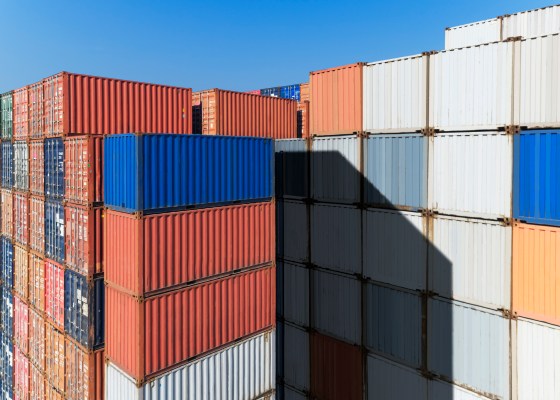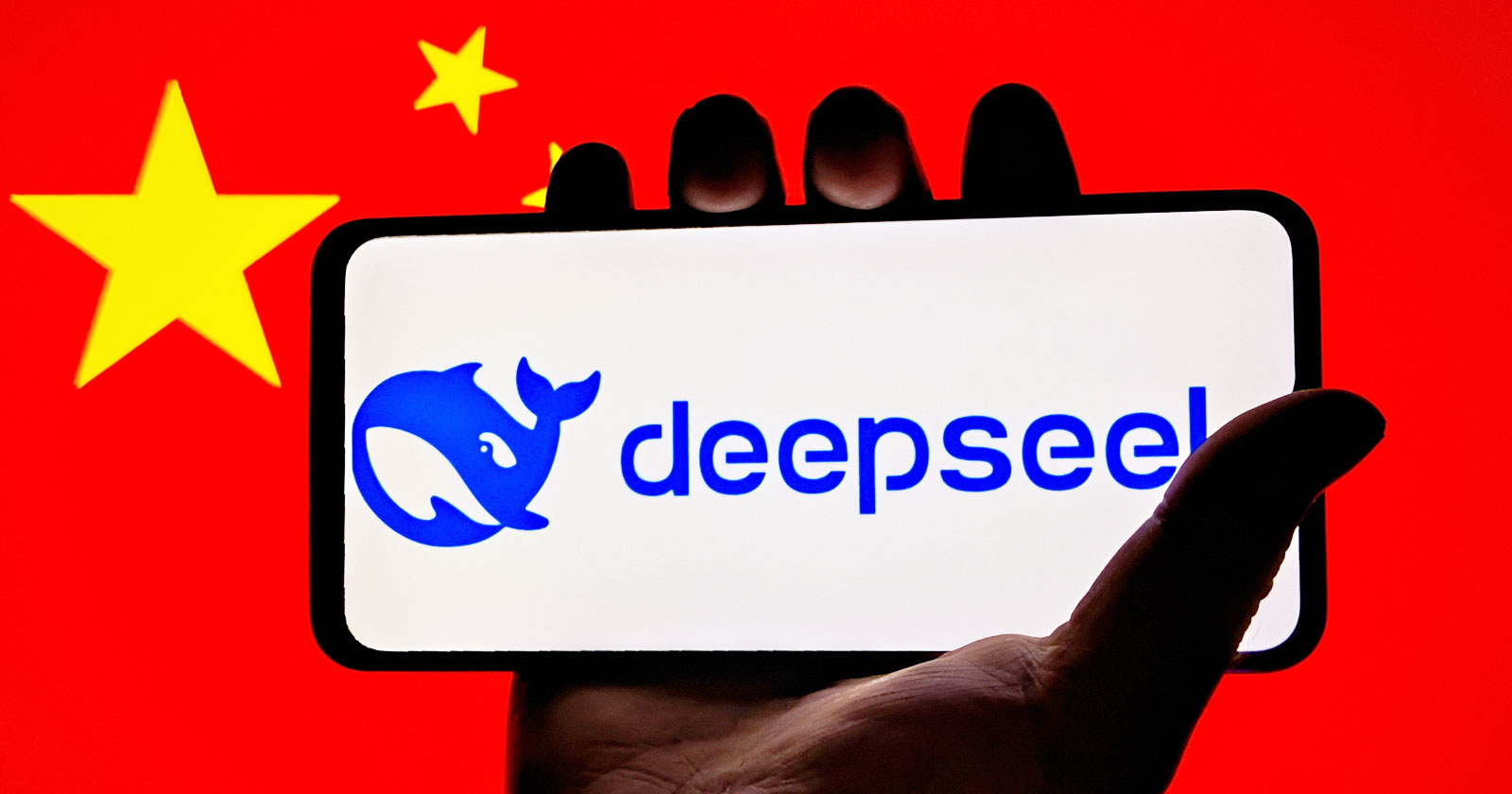NASA’s moon dust monopoly is finally ending
Astronauts Buzz Aldrin and Neil Armstrong arrived on the moon in 1969. | HUM Images/Universal Images GrouA tiny sample of dust collected by Neil Armstrong will go up for auction next month. A sample of moon dust collected by...

A sample of moon dust collected by Neil Armstrong during the Apollo 11 mission will go under the hammer in New York next month. As part of a Bonhams auction of rare space-history-related artifacts, the lunar sample is expected to fetch around $1 million. And thanks to an unusual series of events, this will be the first time moon dust verified by NASA has been sold legally.
The space agency’s authentication might sound appropriate for an Apollo artifact, but moon dust is no ordinary artifact. NASA has long claimed that it’s the only legal owner of lunar dust, and it has spent the past few decades embroiled in disputes with people who have somehow managed to get their hands on genuine samples from the Apollo program. NASA often wins these fights. However, the moon dust going up for sale at Bonhams has repeatedly slipped out of the government’s hands, and now the space agency can’t get it back.
The historic auction also serves as a reminder that NASA isn’t just losing control over its own moon dust, but to some extent, the moon itself. While the agency is racing to launch the Artemis program, a series of missions to the moon that aim to pick up where Apollo left off, other countries have plans for lunar excavation efforts of their own. While collecting more recent lunar samples could be critical for scientific research, they won’t necessarily have the same historical significance as the dust collected when humanity stepped foot on the moon for the first time.
“This represents something that really captivated the world,” Adam Stackhouse, the specialist at Bonhams overseeing the upcoming space auction, told Recode. “These other missions? It’s not the same. It’s not as exciting to people.”
Since the Apollo missions brought back the first samples of it, moon dust has become something of a hot commodity. Between 1969 and 1972, NASA collected about 2,200 samples of rocks, core, pebbles, sand, and dust from the moon, most of which the agency kept to study. Through a series of circumstances that range from happenstance to blatant theft, however, a few private individuals have gotten their hands on NASA’s moon dust, and some have even tried to sell it. NASA has maintained that these people are illegally in possession of agency property and, over the years, the government has deployed elaborate and, at times, bizarre sting operations to reclaim its lunar samples. In 2011, one investigation led officials to a Denny’s in Riverside, California, where they encountered a 74-year-old woman trying to sell a “speck” of moon rock that she claimed Neil Armstrong gave her husband in the 1970s.
But one sample has remained out of NASA’s hands: the lunar dust now going up for sale at Bonhams. The saga of how the agency lost it begins when Armstrong first landed on the moon, collected a few scoops of dust, and stored the dust in a contingency bag. NASA never really had a specific plan for this bag, and long after Armstrong returned to Earth, it was valued at $15 and sent for safekeeping at the Cosmosphere space museum in Kansas. That transfer would have been mundane, except for the fact that the museum’s director, Max Ary, was auctioning off artifacts that NASA had given the Cosmosphere on loan. When Ary was eventually caught and convicted in 2005, the US Marshals Service seized hundreds of stolen space artifacts, including Armstrong’s bag of space dust.
The US Marshals Service ended up selling Ary’s collection in an online auction, and a geology enthusiast named Nancy Lee Carlson paid $995 for a lot that included the bag, a headrest from an Apollo command module, and a launch key for the Soviet Soyuz T-14 spacecraft. Carlson suspected that the bag of moon dust was worth a lot more. To confirm that the artifact was real, Carlson sent the bag to NASA for testing in 2015. The space agency determined not only that the bag was genuine, but also that it belonged to the government. Carlson successfully sued NASA to get the bag back — a judge ruled that she had legally bought it — and sold it for $1.8 million at Sotheby’s in 2017. But the bag had been cleaned, leaving a few traces of moon dust in NASA’s hands.
:no_upscale()/cdn.vox-cdn.com/uploads/chorus_asset/file/23355494/Unknown.png) The moon dust going up for auction next month.Bonhams
The moon dust going up for auction next month.Bonhams
During testing, NASA had used tiny pieces of carbon tape to collect the traces of moon dust from the bag, and then attached that tape to a series of small aluminum disks, which the agency decided to hold onto. Carlson then sued NASA again, accusing the agency of not only damaging the bag while they were inspecting it, but taking some of the moon dust inside. NASA eventually settled and returned almost all of the moon dust that it had tested back to Carlson. Now she’s listed the moon dust-covered discs with Bonhams, which estimates that they could sell between $800,000 to $1.2 million.
If you don’t happen to make the winning bid, there are some alternatives. You could try to buy the lunar dust collected by the Soviet space program, though there’s reportedly less than a pound of it worldwide, and samples tend to sell for hundreds of thousands of dollars at auction. China’s space agency also has a few pounds of moon rocks and dust that it collected with a rover that it sent to the moon in 2020, though this sample is unlikely to go on sale anytime soon. It might be easier to purchase a piece of a lunar meteorite instead, which, as its name implies, comes from a moon rock that at some point fell to Earth. And then there’s always the “moon dust” that’s widely available to buy on the internet, which — unless it’s from a verified meteorite — is almost certainly not real.
At the same time, the sale of moon dust raises thorny questions about who should own pieces of space in the first place. Astronauts who participated in the US’s early space programs have fought for the right to maintain — and sell — artifacts that they held onto after their missions, but NASA has since become a lot stricter about keeping the stuff that it uses or finds in space. There’s also a growing debate about whether it’s right for any one person, or one government, to possess something that has significance to all of humanity, and which is arguably part of the moon’s natural environment.
“In the Cold War, it was a great prestige mission. It was a lot about the excitement of having something from another planetary body,” explains Namrata Goswami, the author of Scramble for the Skies: The Great Power Competition to Control the Resources of Outer Space. “The discourse has changed.”
That’s largely because there’s a new international race back to the moon, but not just to explore it and collect moon rocks and samples of lunar dust. Several countries, including China and Russia, have already launched rovers on the lunar surface, and even more have expressed interest in eventually mining the moon for its natural resources. These include rare metals that could be used to build spacecraft or electronics, as well as helium-3, a rare isotope that’s used in nuclear fusion. The United States could also get involved in this lunar gold rush: NASA has already recruited several companies to help the space agency excavate lunar soil. Overall, these resources could be worth, by some estimates, in the trillions, and make missions to the moon a more everyday part of our lives.
We’re still years away from moon mining. But if and when it happens, $1 million for moon dust might seem like an exorbitant price. After all, future moon miners will eventually figure out what the Apollo-era astronauts already learned: Despite its exciting origin, lunar dust burns your eyes, sticks to your moon boots, and smells like the sky after the Fourth of July.
This story was first published in the Recode newsletter. Sign up here so you don’t miss the next one!

 KickT
KickT 
































